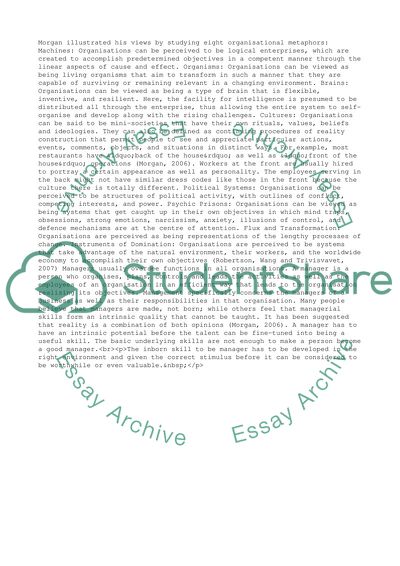Cite this document
(Subordination of People to Systems and Organisations in the 21st Essay, n.d.)
Subordination of People to Systems and Organisations in the 21st Essay. Retrieved from https://studentshare.org/management/1404081-to-what-extent-are-people-subordinated-to-systems
Subordination of People to Systems and Organisations in the 21st Essay. Retrieved from https://studentshare.org/management/1404081-to-what-extent-are-people-subordinated-to-systems
(Subordination of People to Systems and Organisations in the 21st Essay)
Subordination of People to Systems and Organisations in the 21st Essay. https://studentshare.org/management/1404081-to-what-extent-are-people-subordinated-to-systems.
Subordination of People to Systems and Organisations in the 21st Essay. https://studentshare.org/management/1404081-to-what-extent-are-people-subordinated-to-systems.
“Subordination of People to Systems and Organisations in the 21st Essay”, n.d. https://studentshare.org/management/1404081-to-what-extent-are-people-subordinated-to-systems.


